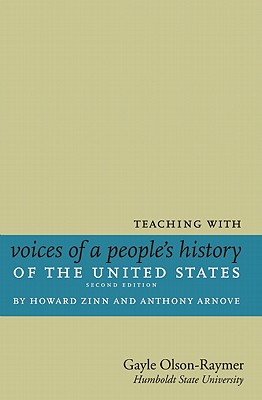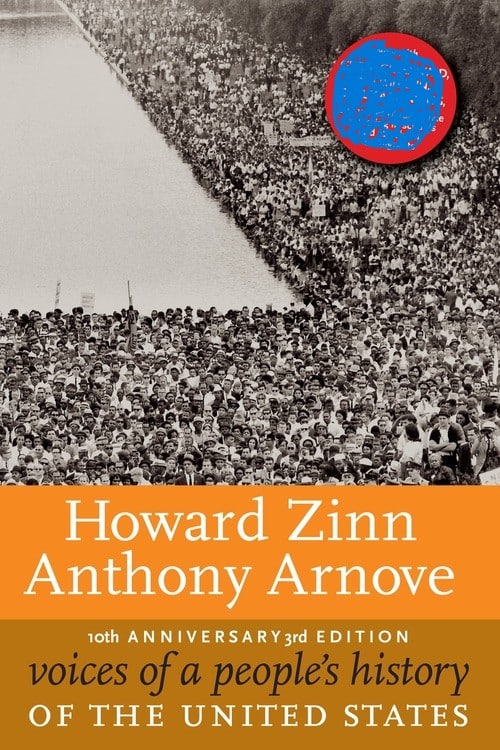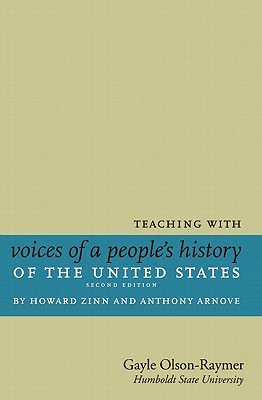
“A rich man’s war and a poor man’s fight.” This much-quoted phrase seems as relevant today as it did during the Revolutionary War. The documents in “Half a Revolution” illustrate this fight and the way in which it was carried out during and immediately after the Revolutionary War. Independence, it seems, did not bring an end to the fighting between various “factions.” To Joseph Plumb Martin, the “poor soldiers” served their country well during the war, but afterward “they were turned adrift like old worn-out horses.” Samuel Dewees recalled that the soldiers at York “were afraid to say or to do any thing” for fear of punishment, and Dewees avoided encountering officers lest they might “construe my conduct in some way or other into an offense.” Henry Knox described the need of “men of reflection, and principle” to be protected “in their lawful pursuits” from “the violence of lawless men.” And James Madison worried about ways to control “the majority” who may be led by “the mischiefs of faction.”
These factions, and the way in which both the Articles of Confederation and the Constitution dealt with them, resulted in “half a revolution.” Indeed, a revolution in its entirely would have required an end to class conflict by welcoming American Indians into North American society, outlawing slavery, and granting equal rights to American women — in other words, creating a new society characterized by economic, social, racial, and political equality.
Reprinted from Teaching with Voices of a People’s History of the United States, published by Seven Stories Press.









Twitter
Google plus
LinkedIn